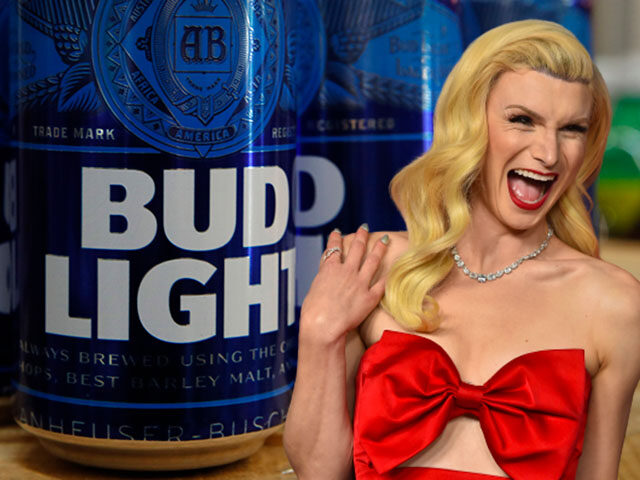Anheuser-Busch reportedly offered distributors of Bud Light $150 million in “incentive payments” following the massive drop in sales after the brand’s failed ad campaign with transgender TikTok personality Dylan Mulvaney.
A report from Beer Marketer Insights, obtained by the New York Post, revealed these “market share recovery incentives” were doled out to distributors of the beer to assist in paying their bills after Bud Light sales plummeted.
WATCH — “THEY’RE IN TROUBLE”: Video Shows NO ONE at Bud Light Stand at Red Sox Game:
Credit: @luistejadabostonrealtor/LIFESTYLOGY /TMX“I imagine for those that are having some cash flow concerns, this would help somewhat,” one distributor told the outlet.
The payment plans started in June, about two months after the company began seeing the effects of their partnership with biological male social media influencer Mulvaney, who came under fire for appropriating “girlhood”:
Dylan Mulvaney has become the new brand ambassador for Bud Light. 🍺
The beer brand even made a special edition Dylan Mulvaney Can celebrating his 365 days of girlhood.
(This is not April Fools, it’s actually real)
🍺🍻🍺😒🍻🍺🍻 #dylanmulvaney #trans #transgender pic.twitter.com/xuu87WxrvZ
— Oli London (@OliLondonTV) April 1, 2023
In response, there were mass calls to “Boycott Bud Light” across social media.
As Breitbart News reported in May, Bud Light sales collapsed by 24.6 percent during the week ending May 13, compared to the same period last year. This marked the sixth week in a row that sales had “worsened,” per the Post. Toward the end of summer, Anheuser-Busch laid off “hundreds” of U.S. workers.
In June, it was reported that the marketing agency behind the disastrous brand deal with Mulvaney was “in serious panic mode” after an inside source claimed the company was scrambling after the plan backfired.
That same month, the relief payment plan was started by Anheuser-Busch, and will reportedly continue through the spring.
“There were no further details about the ‘market share recovery incentives,’ but the timing is significant as most retailers revamp their shelf space in the spring when they look at the last 12 months of sales and determine which products are hot and deserve more space — and which will lose space,” the Post reported.

COMMENTS
Please let us know if you're having issues with commenting.